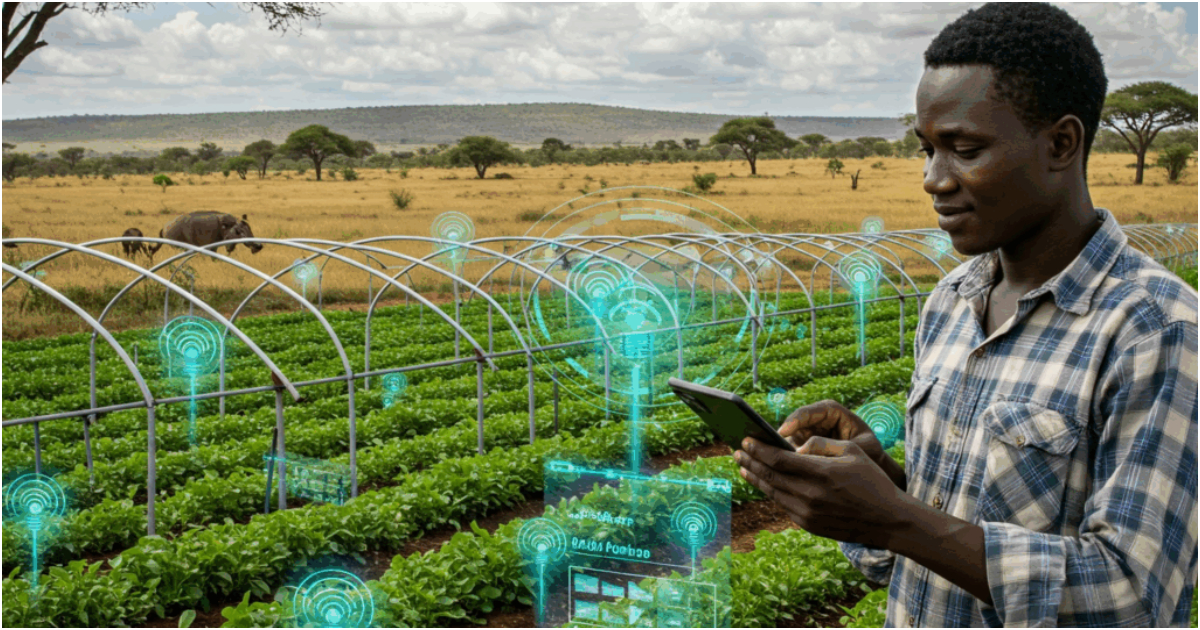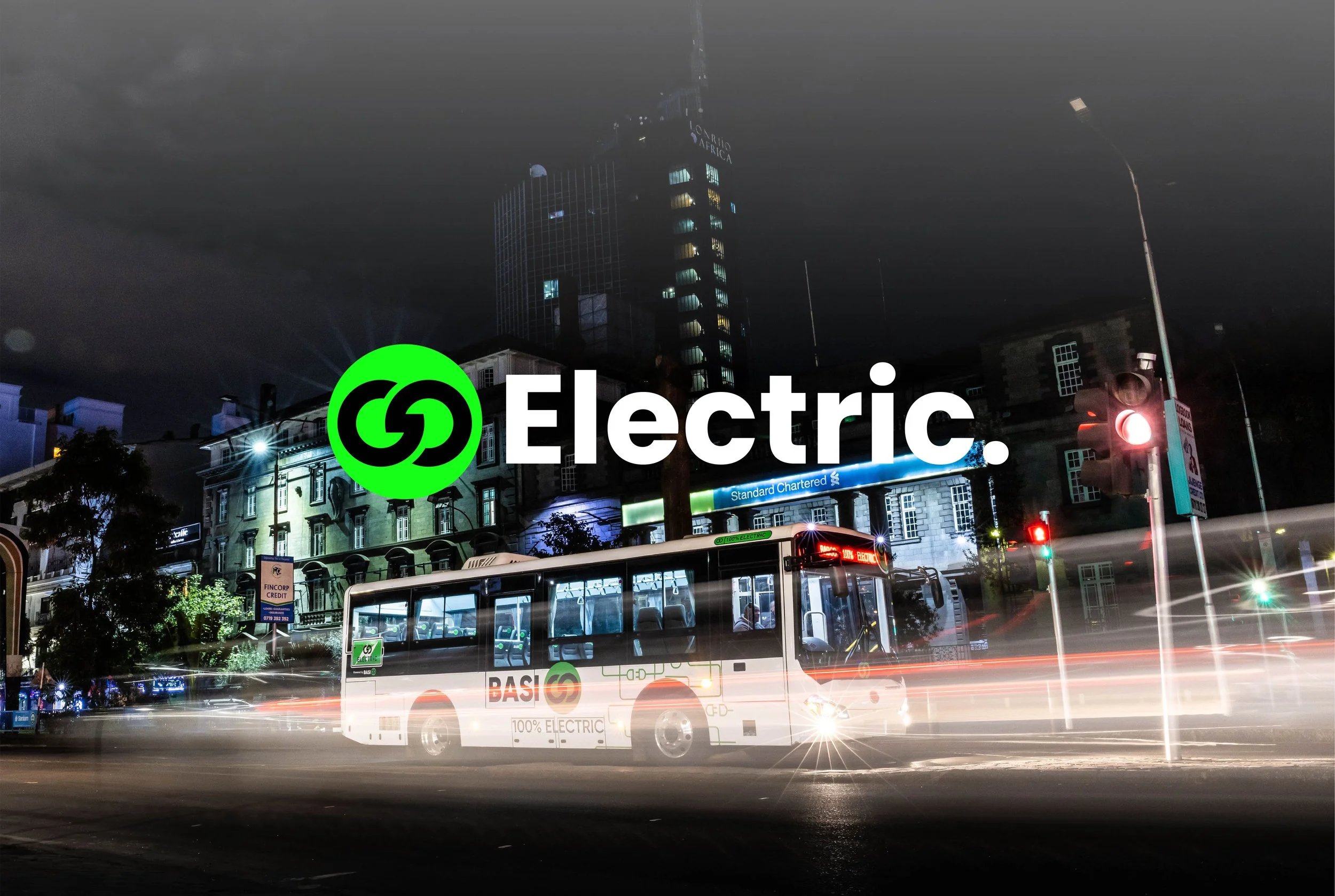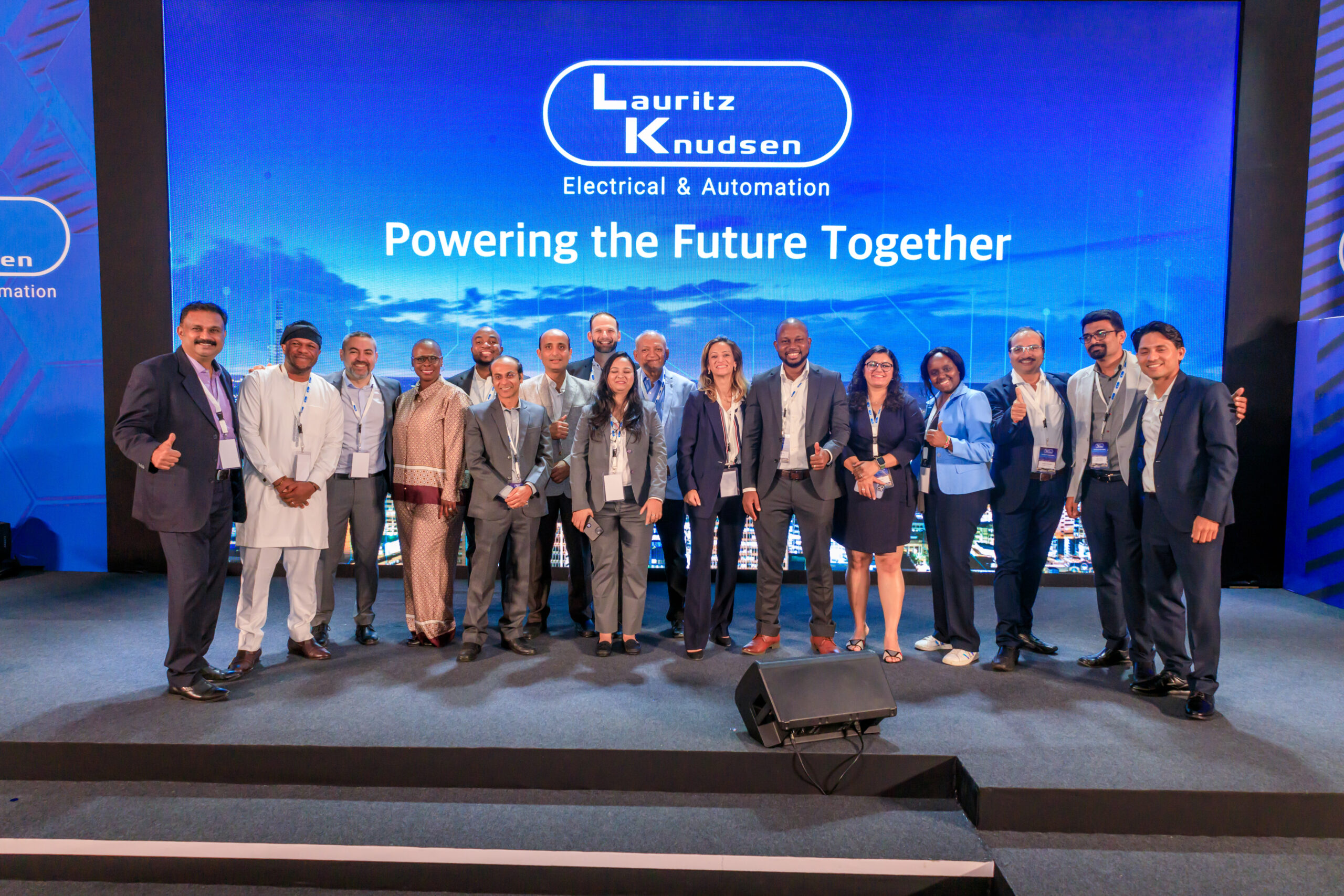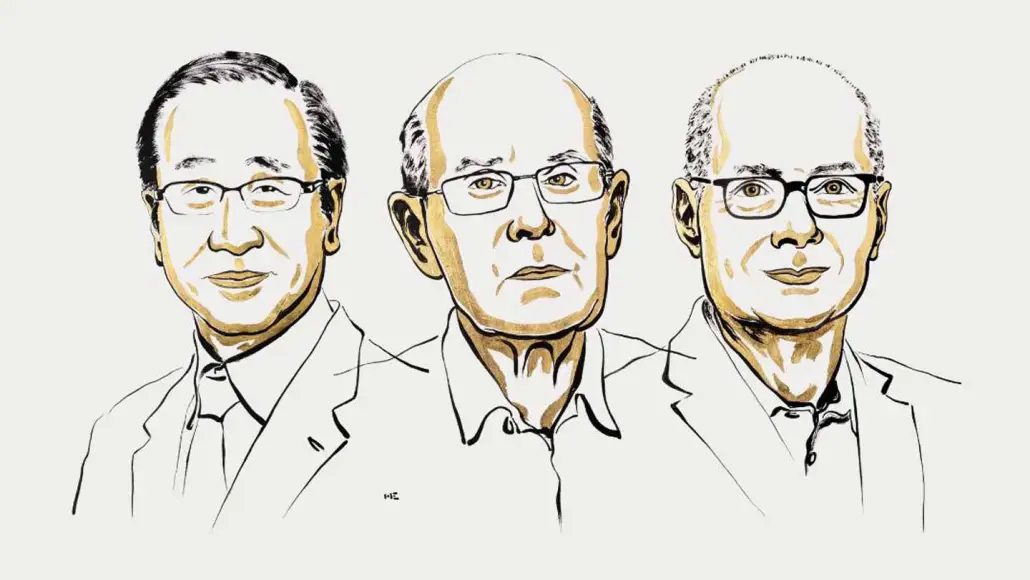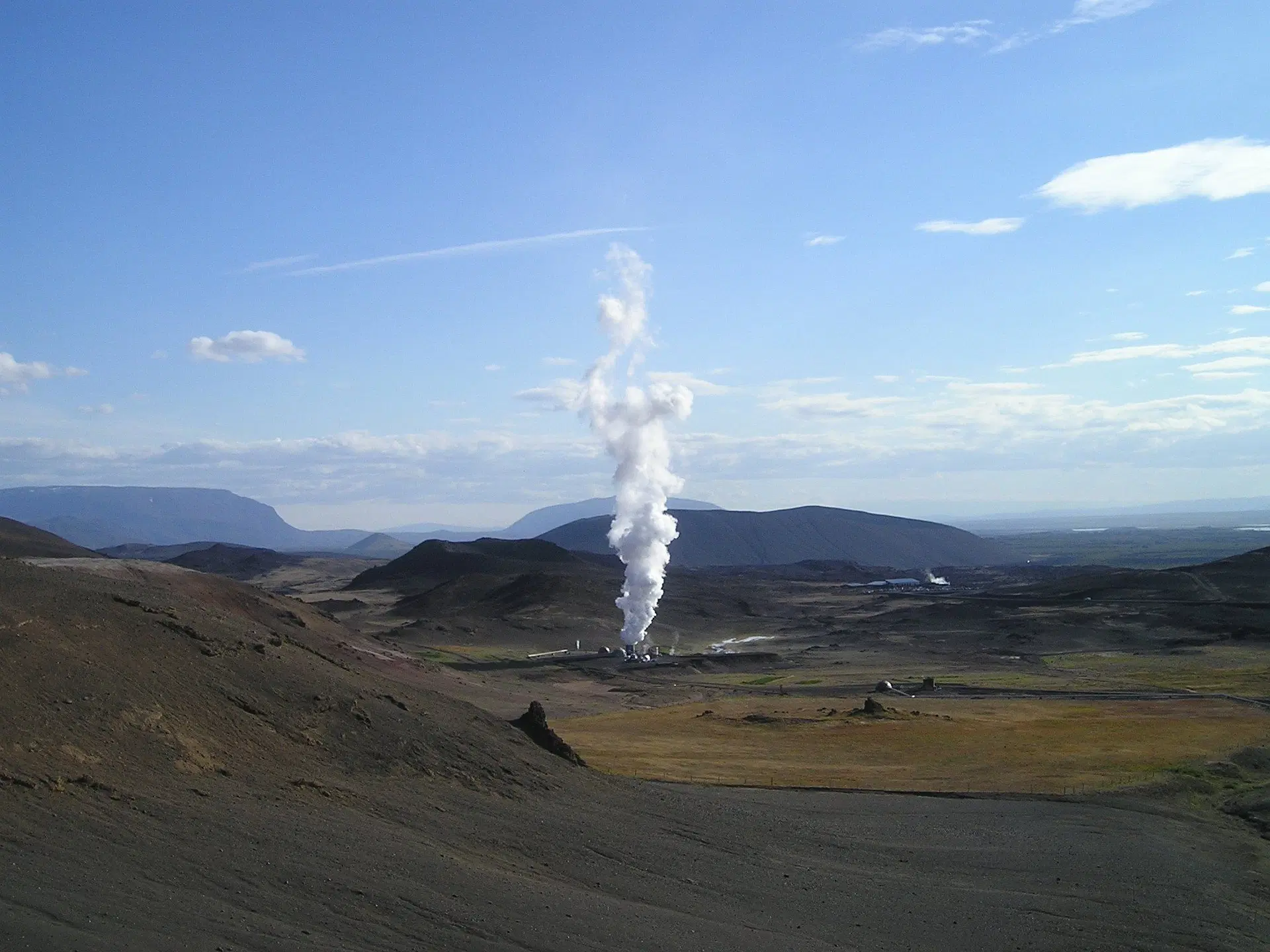In a major milestone for Octavia Carbon, the Kenyan direct air capture (DAC) startup has been named the continent’s sole finalist in Tencent’s CarbonX Program 2.0.
Selected from more than 660 applicants across 54 countries and 12 regions, the announcement was made at the CarbonX Summit in Shenzhen on 29 October 2025.
As one of 50 global finalists, Octavia now competes for a share of the programme’s RMB 200 million ($28 million) in catalytic funding, as well as mentorship, technical support and pilot deployment opportunities.
For the Nairobi-based company, the recognition extends beyond visibility. It provides a potential springboard to scale its geothermal-powered DAC technology, which already captures CO₂ for less than $200 per tonne, far below the global average of $600+.
In a sector projected to exceed $100 billion by 2030, Octavia’s progress signals how African-led climate solutions can move from prototype to global relevance.
Octavia Carbon: From Concept to Rift Valley Pioneer
Founded in June 2022 by serial entrepreneur Martin Freimüller and geothermal engineer Duncan Kariuki, Octavia Carbon set out from the belief that Kenya’s Great Rift Valley had all the ingredients for scalable carbon removal: abundant geothermal heat, basalt formations ideal for CO₂ mineralisation, and a grid that is more than 90% renewable.
What began as a concept has grown into a team of more than 70 people, almost all Kenyan now, building and operating Africa’s first DAC facilities.
Octavia’s modular DAC units run on waste heat and excess power from geothermal plants. Kenya’s grid is 93% renewable, with geothermal providing 48% of total generation at over 90% capacity factors.
Each DAC module captures roughly 1,000 tonnes of CO₂ per year at costs below $200/tonne. The CO₂ is then injected into nearby basaltic rock, where it mineralises and becomes permanently stored.
The company’s first pilot, Project Hummingbird in Hell’s Gate National Park, launched in early 2025 with an initial capture capacity of 10 tonnes per year.
Backed by a $3.9 million seed round from Lowercarbon Capital (part of a $10 million raise to date), Octavia has secured about $3 million in prepaid carbon credit contracts and a storage partnership with U.S.-based Cella Mineral Storage.
Construction of its second-generation plant began in 2025, with ambitions to reach 1 million tonnes per year by 2030.
As Freimüller puts it, “We’re not just removing carbon; we’re building green industrial growth and climate justice in Africa.”
Tencent’s CarbonX 2.0: A Global Push to Bridge the ‘Valley of Death’
Tencent launched the first CarbonX Program in 2023 as a China-focused pilot. Version 2.0, introduced in late 2024, widened its scope to address the “Valley of Death” facing emerging climate technologies, where three-quarters of necessary decarbonisation solutions stall due to lack of funding, testing environments or commercialisation pathways.
CarbonX 2.0 provides RMB 200 million ($28 million) in support across four themes:
- Carbon Dioxide Removal (CDR)
- Industrial decarbonisation (steel CCUS)
- Carbon utilisation (CarbonXmade)
- Long-duration energy storage (LDES)
Winners, to be named in early 2026, will deploy pilots in designated sites:
- Kenya for CDR (directly aligning with Octavia’s operations)
- Serbia for steel CCUS
- Maldives for long-duration storage
READ ALSO:
Octavia Carbon Puts Kenya on the Map at GSA Africa With GreenTech Award Victory
Why Octavia Stood Out
In a field dominated by U.S., European and Asian contenders, Octavia’s competitive edge comes from Kenya’s unique natural and infrastructural assets:
- A geothermal potential of up to 10 GW, enough to power large-scale DAC fleets
- Basalt-rich formations, comparable to Iceland’s, which is considered the gold standard for mineralisation
- A clean, reliable grid, which reduces lifecycle emissions and cost
- Lower capture costs thanks to 24/7 geothermal heat and modular engineering
Octavia vs Global DAC Benchmarks
| Metric | Octavia Carbon | Global Average |
|---|---|---|
| Capture Cost per Tonne | <$200 | $600+ |
| Energy Source | Geothermal (93% renewable grid) | Mixed; often fossil-heavy |
| Annual Capacity per Module | 1,000 tonnes | 500–2,000 tonnes |
| Storage Method | Basalt mineralization | Varies |
| 2030 Target | 1 Mt/year | Global need: 10 Gt/year |
Sources: Octavia Carbon, IEA, DAC benchmarks, Q3 2025.
The Road Ahead: Pilots, Partnerships and Global Impact
As CarbonX finalists move toward early 2026 evaluations, Octavia aims to leverage the programme to refine its second-generation units, accelerate cost declines and attract co-investors.
A win could unlock not only additional capital but also deeper integration into Tencent’s broader innovation ecosystem.
Octavia Carbon Overview
Octavia Carbon Kenya has grown into one of the most recognisable climate-tech startups in East Africa, especially in the emerging field of direct air capture.
As interest grows, many people look for the official Octavia Carbon email address to reach out for partnerships, career enquiries, and collaboration opportunities.
The company has attracted young professionals and climate enthusiasts curious about Octavia Carbon jobs, particularly roles related to engineering, chemistry, operations, and field deployment.
For students and recent graduates, the company’s talent pipeline also includes the Octavia Carbon internship, which has become a popular entry point into Kenya’s fast-growing green-tech sector.
Most of the team is based in the Octavia Carbon Nairobi offices, a central hub for research, development, and administrative work.
However, the company also has an active presence at its project sites, making the exact Octavia Carbon location an important detail for applicants and visitors alike.
Naturally, potential candidates often ask about the Octavia Carbon salary range to understand the compensation landscape within Kenya’s climate-tech industry.
While roles vary, interest continues to rise as the company expands its footprint and influence across the region.
Ronnie Paul is a seasoned writer and analyst with a prolific portfolio of over 1,000 published articles, specialising in fintech, cryptocurrency, climate change, and digital finance at Africa Digest News.

